10 Differences Between the Aston Martin DB11 V8 and V12

Aston Martin has launched a new V8-powered version of its oh-so-sexy DB11 grand tourer. Aside from sporting a completely different engine, there are a number of noteworthy variances between this car and its 12-cylinder sibling.
Sure, this new eight-pot model shares the same fundamental architecture, stunning design and breathtaking performance, but more has changed than you might expect.
Even though this car was designed from Day One to accommodate both a broad-shouldered 90-degree V8 as well as a slightly narrower V12, something as “simple” as an engine swap resulted in a ton of under-the-skin alterations.
10. There’s a Hand-Assembled V8 In There
Starting with the obvious, motivation is provided by a 4.0-liter twin-turbocharged V8, not a 5.2-liter V12. Horsepower measures 503 while torque clocks in at a whisker less than 500 pound-feet. This engine is sourced from Mercedes-AMG, fruit from the deal inked by Aston Martin and Daimler a few years ago. For enhanced provenance, it’s hand assembled in Germany by master builders
9. It’s a Play for Greater Sales
“For some markets, the fact that you’re dropping your CO2 from 265 [grams] down to 230, that’s a huge savings in terms of the price they pay,” said Simon Croft, senior manager of global launch strategy at Aston Martin. Increasingly, countries in Europe are pushing hard for reduced carbon emissions. The more a vehicle pollutes, the more heavily it gets taxed. By lowering the DB11’s tailpipe output, its cost will also be reduced to certain customers, making it a more appealing option.
Additionally, the engine’s displacement of 4.0-liters is not a random coincidence, it’s an important part of Aston Martin’s strategy to increase sales in China. Croft explained that vehicles with engine displacements greater than this are heavily taxed in that Asian nation. By offering a flavor of DB11 with a smaller powerplant, they can keep pricing in check and likely sell a lot more cars.
8. It Weighs Less
Not surprisingly, ditching four whole cylinders resulted in a significant weight loss. The V8-powered DB11 is more than 250 pounds (115 kilograms) lighter than its stable-mate. This is a huge reduction, especially for a car that’s already pretty trim thanks to its bonded-and-riveted aluminum-intensive architecture. The advertised curb weight for this thoroughbred machine is right around 3,800 pounds (1,705 kilograms).
7. The Balance of Power
Not surprisingly, pulling that mass out of the vehicle’s front end has shifted its balance. Twelve-cylinder cars are slightly nose-heavy, with 51 percent of their weight up front and 49 percent ‘round back. The V8-powered DB11 literally reverses those figures, which, according to Aston Martin spokes-folks, supposedly makes this version slightly sportier and a little more focused.
SEE ALSO: 2018 Aston Martin DB11 V8 Review
6. Engineers Retuned the Chassis
This car’s underbody bits have also been reworked to take advantage of the impressive mass reduction. The rear subframe bushings are stiffer, there’s new damper hardware and tuning, the ABS system has been recalibrated and even the front calipers have smaller pistons for properly proportioned braking, which is kind of important given the speeds this vehicle can reach.
5. It’s Slower than the V12 DB11…
…but on the street, you’ll never notice a difference between these two models. The V8-powered DB11 can reach 62 miles an hour (100 km/h) in 4.0 seconds flat, a time that’s just one-tenth of a tick slower than its 12-cylinder sibling. Top speed is a brisk 187 miles an hour, meaning there’s a delta of 13 mph between these cars.
4. Visual Variation
Visually separating both flavors of DB11 are several alterations. Eight-cylinder examples roll on uniquely finished wheels, feature dark-colored headlamp bezels, and have just two hood vents instead of four.
How Does the V12 Version Perform? See Our Review Here
3. A-S-T-O-N M-A-R-T-I-N
Additionally, the V8-powered car is the first vehicle from this fabled British automaker to sport “Aston Martin” spelled out in individual letters on the decklid. Betcha didn’t know that!
2. Priced to Sell
Aston Martin’s V8-powered DB11 offers essentially the same performance as the 12-cylinder model with a slightly more affordable price tag. Slightly. These cars start at $201,820 including $2,825 in destination charges. That’s a savings of roughly $15k compared to a V12 version, meaning this is still an exceedingly exotic machine, though one that’s a skosh more financially sensible.
1. It’s Available Soon
According to Croft, the 2018 Aston Martin DB11 V8 enters production in the next couple weeks. It should be available in the U.S. by the fourth quarter of the year, though order books are open right now.
Discuss this story on our Luxury Lifestyle Forum

Born and raised in metro Detroit, Craig was steeped in mechanics from childhood. He feels as much at home with a wrench or welding gun in his hand as he does behind the wheel or in front of a camera. Putting his Bachelor's Degree in Journalism to good use, he's always pumping out videos, reviews, and features for AutoGuide.com. When the workday is over, he can be found out driving his fully restored 1936 Ford V8 sedan. Craig has covered the automotive industry full time for more than 10 years and is a member of the Automotive Press Association (APA) and Midwest Automotive Media Association (MAMA).
More by Craig Cole



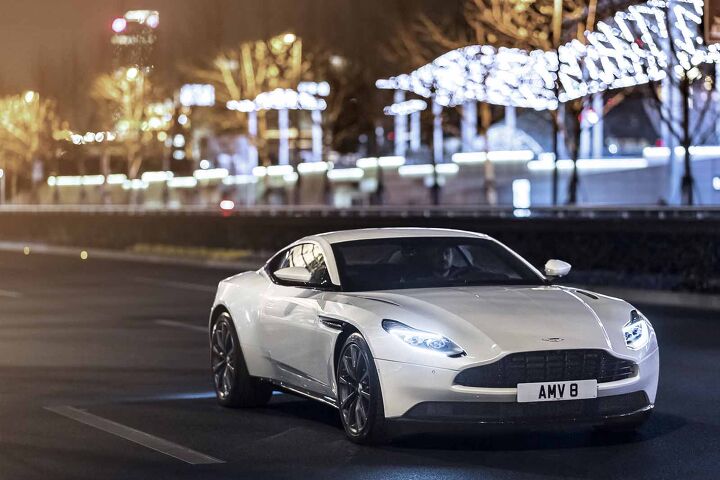












































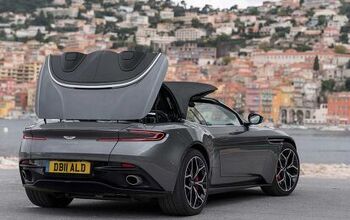


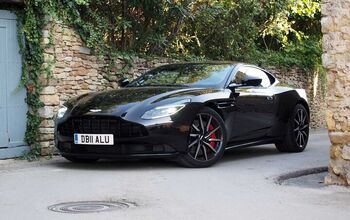
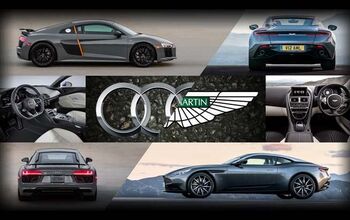



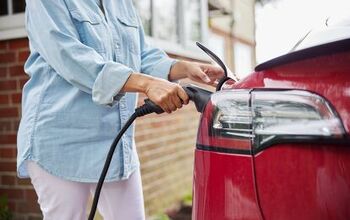
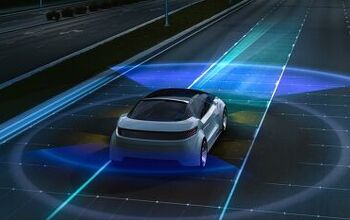
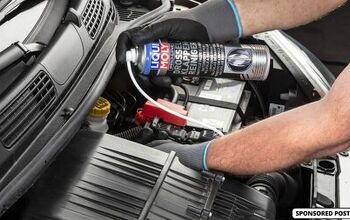
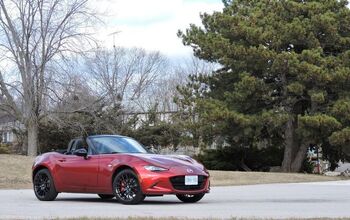
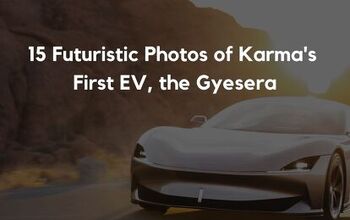


Comments
Join the conversation